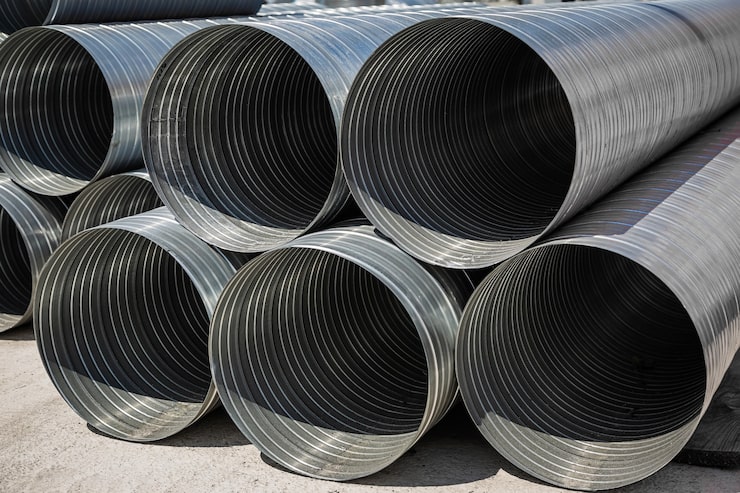In the world of plastic processing, understanding what is the difference between an expander and an extruder is crucial for production planning and machine selection. Both machines are designed to shape or process plastic materials, but their functions, mechanisms, and applications differ significantly.
A plastic extruder is a machine designed to melt polymer and force it through a die to produce continuous shapes. The primary goal of an extruder is to convert raw plastic material into profiles such as pipes, sheets, rods, films, or coated materials. Extruders can have a single or twin screw, and they allow precise control over temperature, pressure, and material flow to achieve consistent quality. The extruder is primarily a shaping and compounding device, creating finished or semi-finished plastic products that can be further processed or used directly.

An expander, on the other hand, is a device used to increase the diameter of hollow plastic profiles, typically pipes or tubes, immediately after they leave the extrusion die. Expanders are crucial in producing large-diameter pipes from smaller extruded tubes. The machine works by applying controlled air or mechanical pressure inside the pipe, stretching it to the desired diameter while the material is still hot and malleable. This allows manufacturers to produce large, uniform pipes without the need for extremely large dies, which would be difficult and costly to fabricate.
One major difference is in function. Extruders are focused on melting, shaping, and forming plastic, while expanders modify the dimensions of already-extruded material. Another distinction is in mechanism. Extruders rely on a screw or screws inside a heated barrel to move and melt the polymer, whereas expanders use pressure or mechanical mandrels to stretch the material. Both processes require precise temperature control, but the expander’s main challenge is maintaining uniform wall thickness while enlarging the diameter.
Applications also differ. Extruders are used across a wide variety of products, from packaging films to construction materials, while expanders are primarily used in pipe production, particularly for high-density polyethylene (HDPE) or polypropylene (PP) pipes. Large-diameter water supply or industrial pipes often require the use of expanders to achieve the final dimensions specified for the project.
Both machines share a concern for material properties and cooling. When expanding a pipe, the polymer must remain in a viscoelastic state to avoid cracking or uneven walls. Similarly, extrusion requires precise control over temperature to prevent degradation, burning, or voids. In many pipe production lines, the extruder and expander work together in sequence: the extruder melts and shapes the pipe, and the expander adjusts its diameter before final cooling and cutting.
From a production perspective, understanding this difference helps companies optimize efficiency, material usage, and product quality. Extruders provide versatility in shaping and compounding, while expanders allow scaling up to large dimensions without compromising structural integrity. This combination enables manufacturers to produce a wide range of products that meet stringent engineering and industry standards.
In industrial practice, the difference between an extruder and an expander is also reflected in maintenance and training requirements. Operators must understand the specific parameters of each machine, including temperature profiles, pressure settings, and material behavior under heat. Proper calibration and monitoring are essential to avoid defects such as wall thinning, ovality in pipes, or surface imperfections.
Ultimately, both extruders and expanders are critical components in the plastic manufacturing process. While an extruder creates the initial shape and melts the polymer, the expander ensures that large-diameter products meet size and performance specifications. Their complementary functions are key to producing reliable, high-quality plastic pipes and other profiles used in construction, water distribution, industrial systems, and a wide range of applications.


